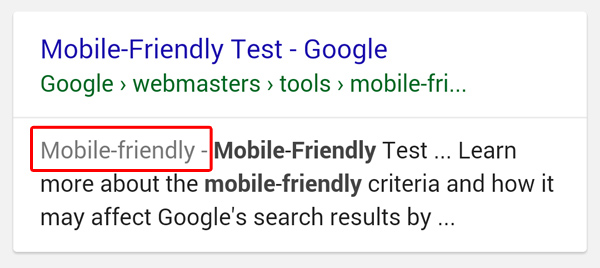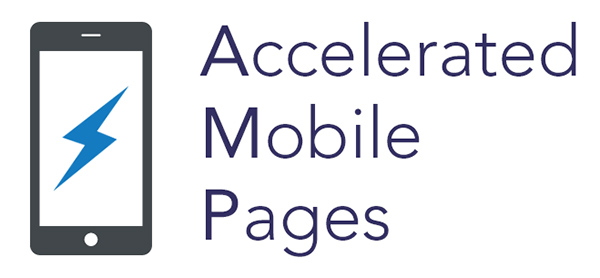No one wants to sit around on their phone all day waiting for the latest meme to load on Twitter. As the busiest of all mammals, humans want actions to be as instantaneous as possible. When we click on something, we want the screen to generate content as soon as our finger hits the device. We don’t want to see ads or popups infiltrate our lives and impede our daily web browsing. Thankfully, Google knows just how to alleviate our impatience.
So What’s Changing?
Recently, Google officially said good riddance to the “mobile friendly label”, from their non-desktop search results. This short phrase was previously placed under any website that had a cellular device friendly counterpart to it. The significance? To help people identify which websites wouldn’t cause headaches from poorly designed mobile layouts. Two years ago when this was first introduced into search engines, it was a different environment because there were plenty of brands that slacked when it came to reinventing their mobile UI. Now, Google states that 85% of all pages that come up in mobile search results, already meet the criteria to have this label and it’s fairly redundant to have such a tag where almost all results now meet these requirements.

This Google mobile label update to remove the label, does keep search results clean and uncluttered. If you’re part of the majority that already has a website specifically designed for desktop and cellphones; Good news! Google says that “the mobile-friendly criteria will continue to be a ranking signal” for their search engine.
They also announced; “To improve the mobile search experience, after January 10, 2017, pages where content is not easily accessible to a user on the transition from the mobile search results may not rank as highly”. What might fall under this criterion you may ask?
- Interstitial full page ads that cover the entire screen, where the user has to close out before looking at the content of the web page
- Obtrusive pop-ups that cover the content of the website
This won’t effect interstitial that have specific functions like cookie tracking or age confirmations, and ads that appear between the pages on the same websites.
The real question; Are these all steps towards the delivery of AMP?
What’s AMP?
AMP stands for “Accelerated Mobile Pages”. This open sourced project backed by Google, aims to make mobile web pages load almost instantaneously. The end goal is to make a better web for all and to encourage content engagement between users and mobile websites. The Google mobile label update seams to be Google’s attempt to tell companies “Hey we want to make the cellular web faster, don’t you?!”
Getting rid of the mobile friendly label and penalizing websites for intrusive ads, Google wants to guide businesses to use AMP and make the user experience in finding content easier and faster. When they first dispatched their mobile friendly labels, they had the intention of convincing every brand to develop cellular-specific web page designs. This tremendously increases a business’s visibility through search engines. The more accessible your website is across all platforms and the easier your website is to find and navigate through, the better organic search rankings your web page will receive. In a nutshell, better optimize your mobile website SEO and Invest in a digital marketing agency! Google rewards you for having your content be easier to find and your pages less difficult to navigate through.

What Does All This Mean?
This Google mobile label update is simply a “spring cleaning”, of their search engine. Making results less cluttered, provides overall better consumer involvement with web page content. With a majority of brand’s having an already friendly web page for cellular users, it’s unnecessary to keep a label up that declares this. Web browsers almost always now expect a website to be friendly for all platforms. Webmasters aren’t even somewhat concerned with the change, because it doesn’t have any effect on search engine positions.
If you’re a company with a bunch of unnecessary ads and pop-ups on your web page, please change that. Not only for the sake of people viewing your website, but because Google’s telling you to do so. Soon, your search rankings will hurt from playing this game.
But what’s the verdict on AMP? Is this the first major wave in wheeling it out?
The straightforward answer is; yes, it would seem that way.
This all kind of makes sense. Google wants everything to be faster and by these updates, they’re making a clear stance as to how they want this done.
Big brands already have early adoptions of AMP strictly for improved speed on their web pages, since it still doesn’t have a positive or negative effect on search ranking positions. Don’t stress too much about it and attempt to re-engineer your entire website. Try to create AMP versions for some pieces of content on your page, like blogs, articles, etc. and see if there’s a significant change in user engagement. Chances are, people will like the speed of their loading times and be overjoyed with reading about what your brand has to offer.





Tell us your thoughts in the comments